In a significant development for education in Iowa, the latest enrollment figures for the 2023-24 school year from the Iowa Department of Education reveal a heartening trend. These numbers, especially in the context of the new Students First Education Savings Account (ESA) program, are not just statistics; they are a testament to the rising power of parental choice and agency in education. This shift towards choice in the educational sector is a positive move, empowering parents to actively shape their children’s learning journey.
The numbers are telling: while public school enrollment saw a modest dip of about 0.57%, enrollment in Iowa-accredited nonpublic schools experienced a robust increase of 7.4%. This upsurge coincides with the implementation of the ESA program, which has been instrumental in fostering this climate of choice. Through this program, families opting for private schooling received $7,598 per student, equating to the state’s funding for public school students, to cover expenses like tuition and textbooks.
Such financial support has been a game-changer. It has significantly democratized access to diverse educational settings, allowing parents to select schools that align better with their values, expectations, and their children’s unique needs. Of the 16,757 participants in the ESA program, a noteworthy 12.7% switched from public to private schools, indicating a proactive pursuit of preferred educational environments.
Furthermore, the ESA’s impact is evident across various districts. In Des Moines alone, 1,381 students utilized ESAs, while Cedar Rapids and Dubuque saw 843 and 676, respectively. These numbers are not just indicative of the program’s reach but also of parents’ growing inclination to explore and embrace alternative educational pathways.
This trend is a positive development for several reasons. Firstly, it places the power of choice directly in the hands of those most invested in a child’s education – the parents. This empowerment is crucial in fostering environments where children can thrive. Secondly, the variety in schooling options spurred by this trend encourages a healthy competitive spirit among schools, potentially driving up the quality of education across the board.
Moreover, the ESA program’s ability to level the playing field, giving families from diverse backgrounds the financial ability to choose, is a significant step towards educational equality. It breaks down financial barriers, making quality education accessible to a broader demographic.
In embracing this trend, Iowa sets an example for how educational systems can adapt to modern expectations. It showcases a progressive understanding that education, much like any vital service, benefits from being responsive to the needs and preferences of its beneficiaries.
In conclusion, Iowa’s enrollment trends and the burgeoning popularity of the ESA program are not just about numbers; they are about recognizing and celebrating the agency of parents in their children’s education. This shift is a harbinger of a more dynamic, responsive, and inclusive educational landscape, where the needs and choices of families take center stage.
